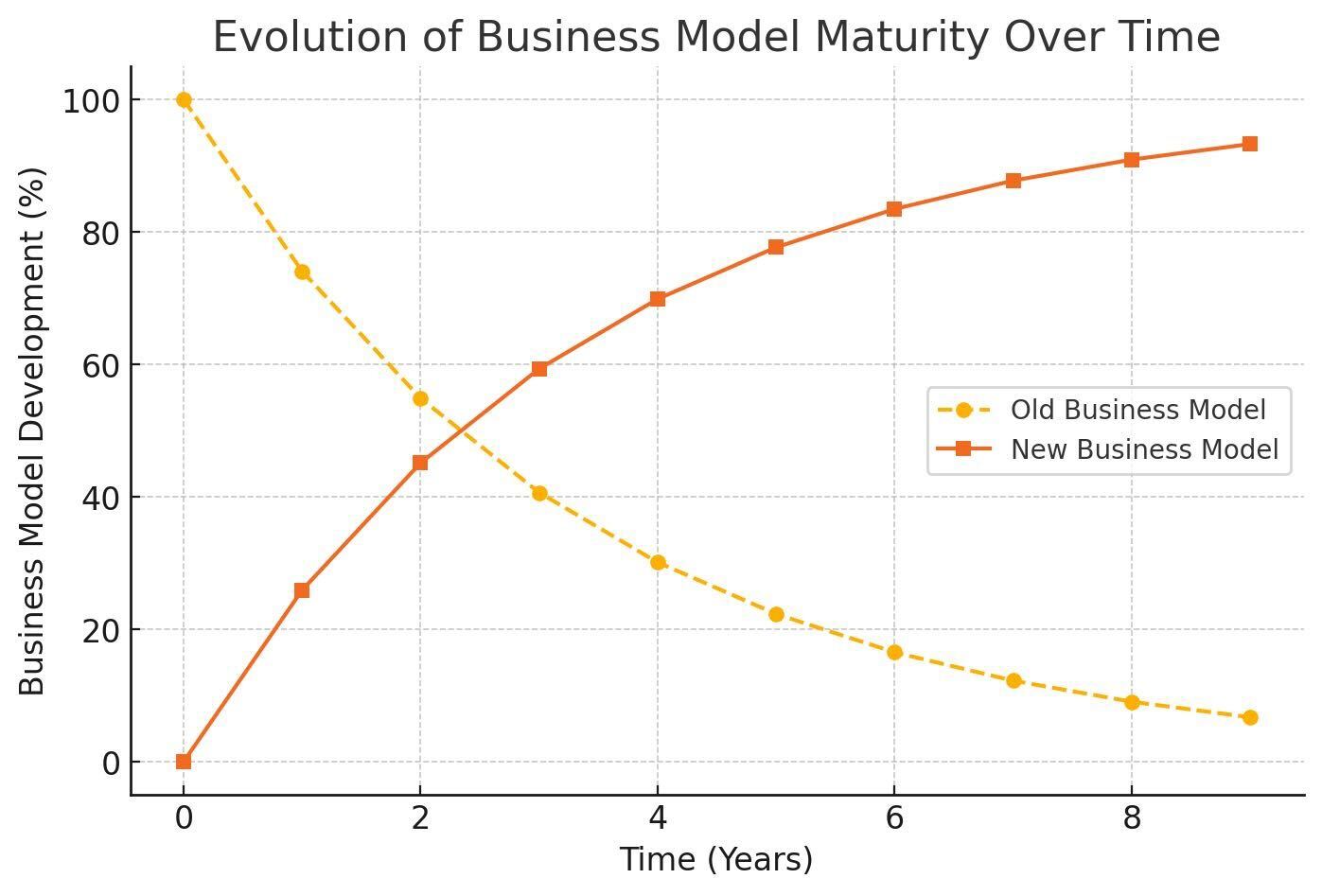Design of new business models
Introducing New Business Models into existing webshops
Remember when Click & Collect first launched in webshops? At the time, I was working as an advisor for a large Norwegian clothing producer with multiple brands. It was clear that offering customers the option to pick up products in our stores was a win-win—more environmentally friendly, faster for customers, and cost-effective for us.
However, initially neither we nor our competitors managed to crack the design code for implementing it seamlessly on our websites.
The biggest challenge was optimizing the checkout experience when switching from an online purchase to a Click & Collect order. Another issue arose when a second item was added to the cart—while the first item was easy to handle, the second had to be available in stock at the same store.
Early design iterations attempted to solve this by adding more functionality—one competitor implemented a double checkout, while another introduced such a complex system that it almost became an adventure just to buy something. However, a basic toggle/tab functionality soon resolved many of these checkout issues, and we successfully persuaded business owners to accept solutions like enforcing product deletion or requiring users to change stores if all selected items weren’t available.
I was recently reminded of this while implementing a different business model for one of our customers. Their new model involves renting out products while also offering them for purchase. In theory, designing for rental alone would be simple—just as Click & Collect could have been. However, the real challenge lies in integrating two different purchasing options and managing shifting priorities over time.
Why Is This So Challenging?
One major reason is that the entire organization needs time to transition from a dominant purchasing process to a new model—or a hybrid of both. Just as online sales were initially challenging, introducing a new channel and logistical option requires a full organizational adjustment. Too often, this process isn’t thoroughly planned, which means web design ends up compensating for weaknesses in logistics.
Over the years, I’ve seen many instances where owners or managers expected webshops to handle new logistical challenges with minimal time for design and experimentation. As a result, new business models are sometimes deemed unsuccessful when, in reality, the planning and design of purchasing and logistics processes are simply immature or flawed.
The Role of UX in Business Prioritization
A common design challenge is the unclear prioritization between the new and old business models. As shown in the graph above, there comes a critical point where the focus must shift from the old model to the new one. To support this transition, calls to action across the entire site must align with the company's evolving business priorities.
One effective way to guide consumers toward strategically beneficial choices is by offering clear and visible incentives. For example, promoting free in-store pickup can encourage customers to collect their own products instead of opting for subsidised home delivery. However, for this to work, the choice must be presented in a way that is both obvious and compelling. This strategy should also be consistently reflected across all marketing channels.
Business priorities, however, can shift quickly and subtly. These changes require a clear understanding of the webshop's role within the company's broader positioning. Web design—especially calls to action—must continuously adapt to reflect business decisions. Ideally, designers should work within a flexible, multi-stage framework that allows for easy adjustments based on shifting priorities, test results, and user behavior insights. These insights provide valuable feedback to managers implementing the new model in other parts of the organization.
Experienced UX designers excel in these situations, as they demand not only strong design skills but also a deep understanding of how to create adaptable and user-friendly solutions.
If you need a partner to discuss how to implement a new business model together with an existing one our advisors will be happy to help you ease the process.
Let’s talk?
Kontakta oss

